- Glazed tiles, China was used as an ornament in architecture as early as the Northern and Southern Dynasties

Glazed tile is a traditional Chinese building material. It is molded from high-quality clay and fired. The surface is glazed. The colors of the glaze are yellow, green, black, blue, and purple. It is magnificent and durable. Glazed tiles are mostly used in palace-style large roof buildings with national colors. East China is also called resin tile. Through modeling design, glass products such as flower windows and railings have been made, which are widely used in courtyard decoration, flat slope modification, and steel structure projects.
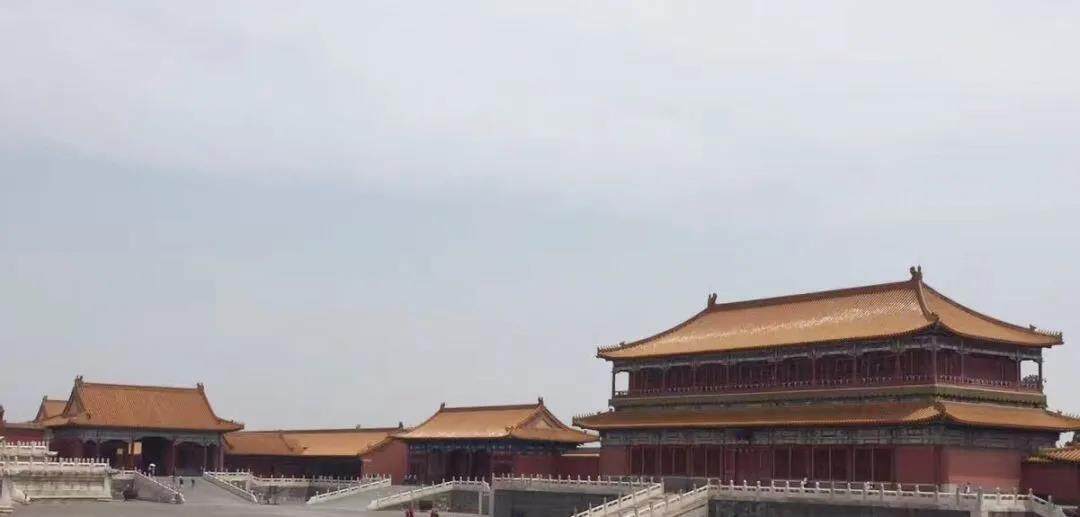
As early as the Southern and Northern Dynasties, glazed tiles were used as decorations in architecture in China. In the Yuan Dynasty, glazed tiles were used on a large scale in imperial palace buildings. The Ming Tombs and Nine Dragon Wall were masterpieces in the history of glazed tile architecture.
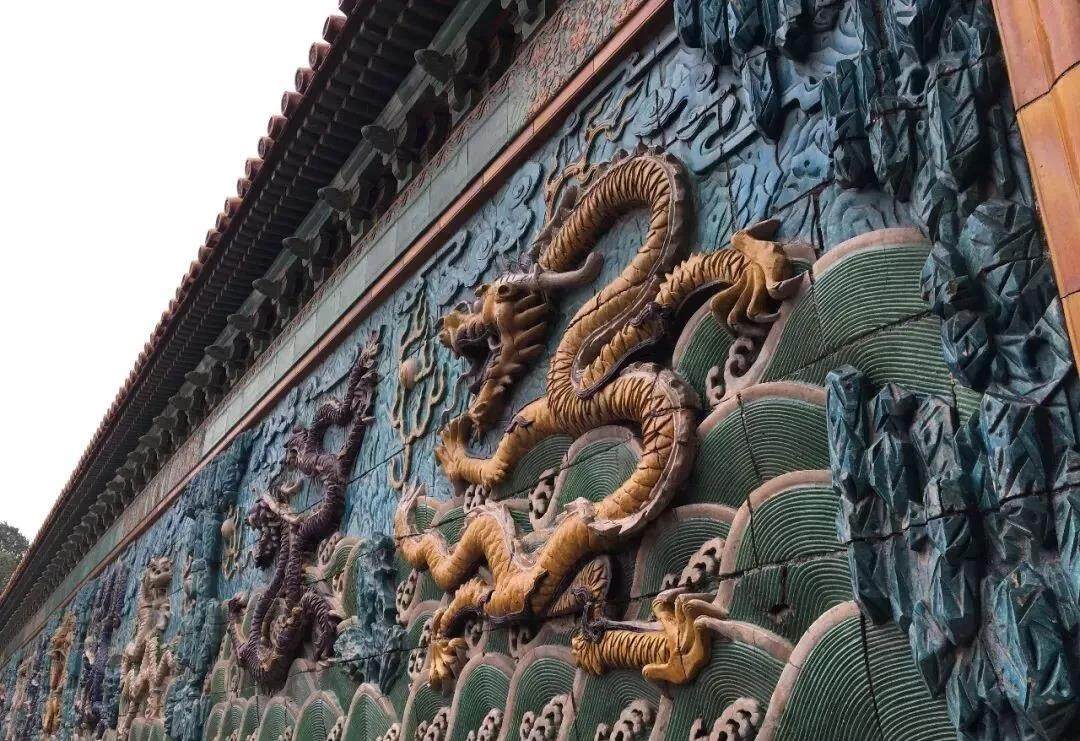
Ancient China·Glazed Tile
The roof materials of ancient Chinese temple buildings are divided into glazed and terracotta tiles. Ordinary ceramic tiles are also called Bois, which have rough texture, strong water absorption, and are easy to leak. As the glazed tile is smooth and does not absorb water, the good waterproof performance can protect wooden houses.
The term colored glaze originated in ancient Indian language and was introduced to China along with the Buddhist culture. Its original representative color was blue. In modern times, colored glaze also includes red, white, black, yellow, green, cyan and other colors. . Glazed tiles that are glaze of various colors and fired at higher temperatures are therefore called glazed tiles.
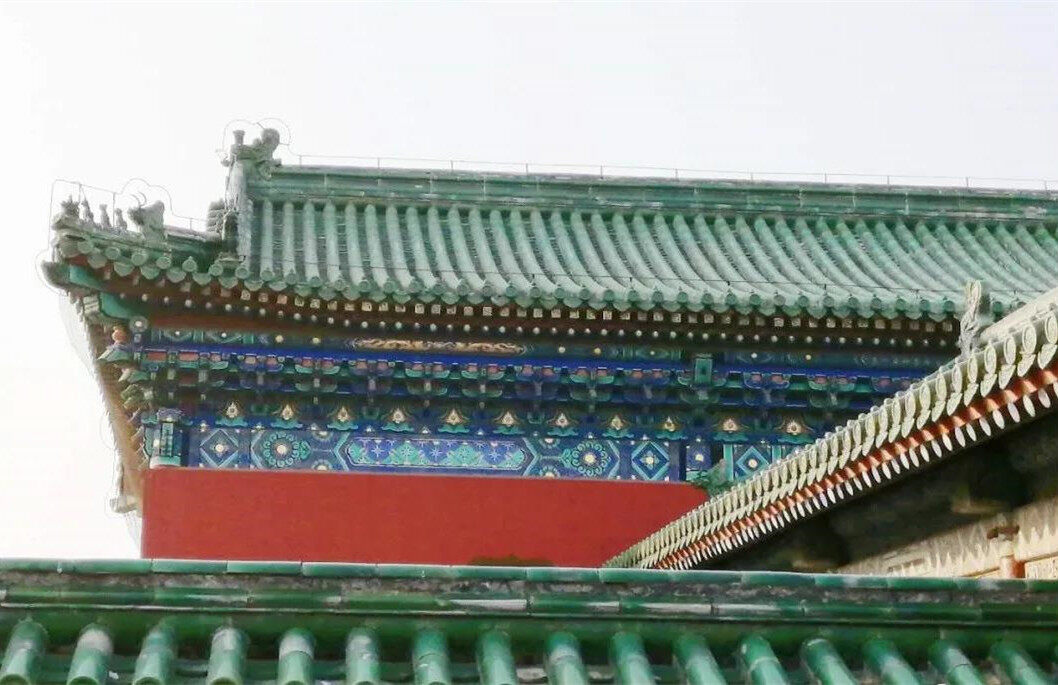
Use level
The high cost of ancient glazed tiles makes their use have strict regulations, absolutely not allowed to be overstepped. It was stated in the "Great Qing Huidian": Non-royal charter, ordinary ministers and people must not use colored glaze.
In the east and west side halls of Xiangdian of Taimiao on the east side of the Forbidden City, the east side is dedicated to the meritorious prince, and the west side is dedicated to the meritorious minister. The rooms on both sides are exactly the same size, but the burning stove dedicated to the prince is made of colored glaze, and the one on the west can only enjoy the uncolored plain burning stove. The roof may be completely covered, or the glazed tile and the ceramic tile are combined to form a cut-edge roof. Different types of buildings require different shapes and materials.

colour
The Qing Dynasty had strict regulations on the glazed tiles used in buildings of different levels.
Yellow glazed tiles: used in imperial palaces and mausoleums, such as the Forbidden City in Beijing and the Ming Tombs.
Green glazed tiles: used in palaces.
Green glazed tiles: used for sacrificial buildings, such as the Temple of Heaven for Praying for the New Year, with pure blue glazed tiles on the roof, symbolizing the blue sky.
Black glazed tiles: Purple glazed tiles are mostly used in pavilions, terraces and pavilions in imperial gardens.
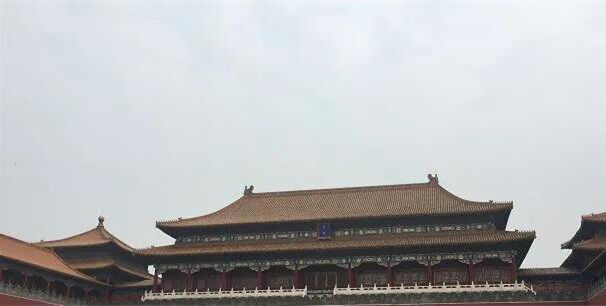
layout
First, pave the firewood stack with fine wood, and then apply the cement layer and the lime layer waterproof layer; on the waterproof layer, the glazed tiles are laid horizontally side by side, the convex surface is facing down, and the top and bottom are overlapped. The Song Dynasty is based on "pressing four exposed six". That is, the second glazed slab covers the upper four-tenths of the first glazed slab below, exposing six-tenths, and the third glazed slab moves upwards by six tenths to cover tenths of the second glazed slab. Fourth, and so on. The first tile must be glazed tile with cornice.
The Qing system is based on the pressure seven and three. That is, the second glazed slab covers the top seven-tenths of the first glazed slab underneath, exposing three-tenths, and the third glazed slab moves up three-tenths to cover the second tenth of the glazed slab. Seven, and so on.
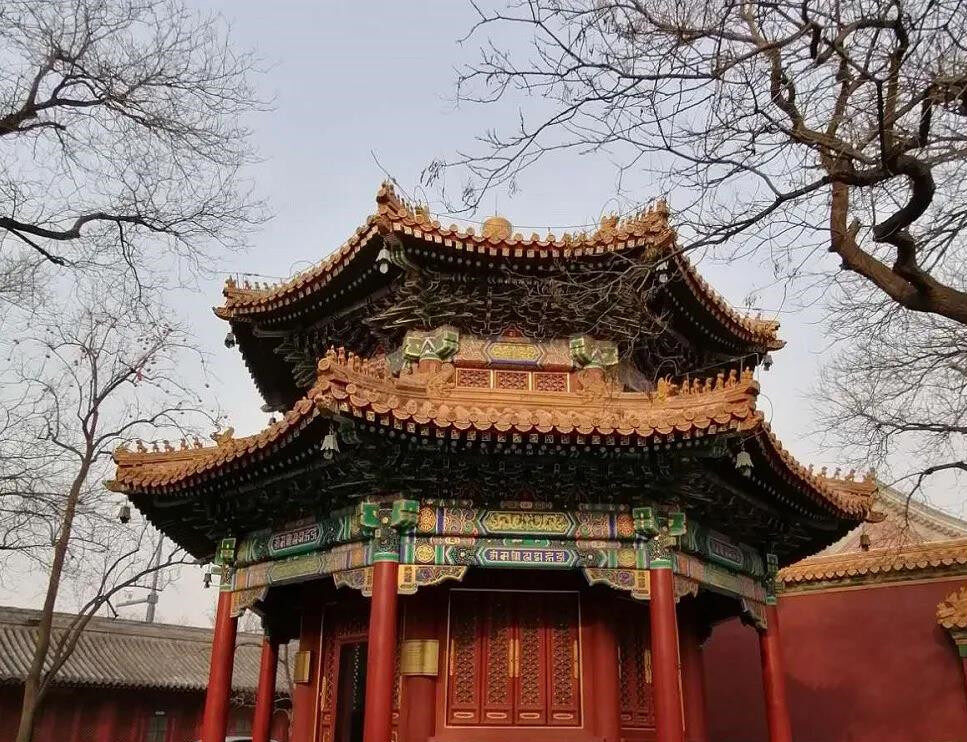
The biggest difference between the Song-made and Qing-made methods for laying slab tiles is that the Song-made method cannot overlap three tiles: between the third tile and the first tile, there is a gap of four tenths of the tile length. A glazed slab broke, and the roof may leak.
The cleaning method, the four tiles overlap, the third tile covers four tenths of the first tile, and the fourth tile still covers one tenth of the first tile, even if the second tile is broken, or the third tile is broken, or the second, The third tile ruptured at the same time and still did not leak. Although there are many tiles used in the cleaning method, the safety is high.
After laying the glazed slabs, the high-end buildings will be cross-lined in Lianglong glazed slabs, and glazed slabs will be reversed, and the eaves will be glazed slabs. In the middle-grade houses, the glazed slabs are cross-connected in Lianglong, and the glazed slabs are reversed. Editor/He Yuting
Comment
 Praise
Praise
 Collect
Collect
 Comment
Comment
 Search
Search





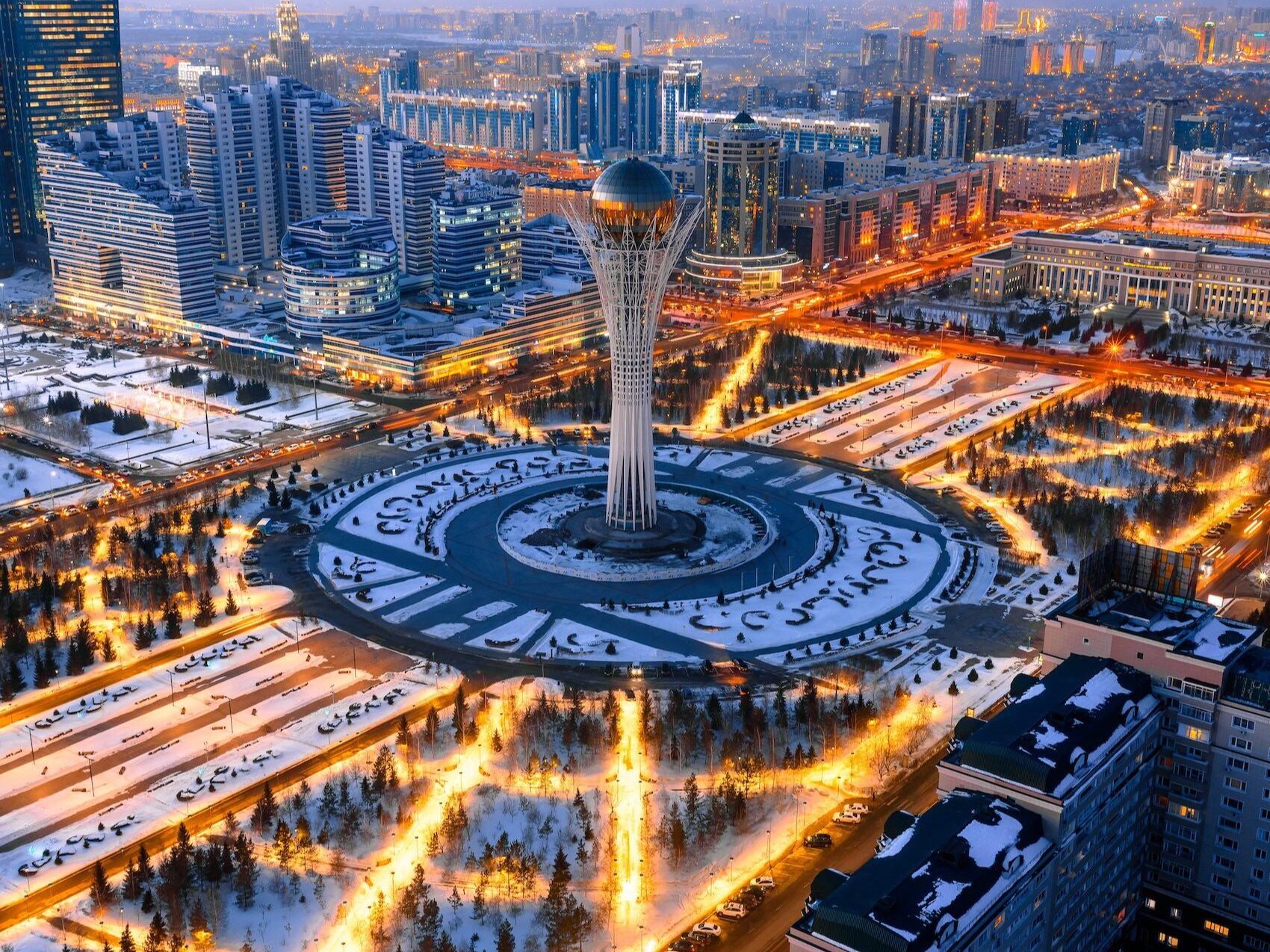








Write something~